These seemingly healthy foods actually have high hidden sugar content

We’re constantly on the lookout for health foods, but you may be consuming more sugar than you thought daily.
According to a survey conducted by the Hidden Sugars, Hidden Risks campaign from Nanyang Technological University (NTU), 90 per cent of young adults do not realise just how much sugars there are in their daily food choices.
Hidden sugars are sugars that are artificially added to food and beverages, or sugars naturally present in foods like honey, syrups and fruit juices. With at least 61 different names for hidden sugars, it may be challenging to identify them even when you scan ingredient lists.
And let’s be honest, most of us do not spend the time and effort sifting through the information on food labels to find out just how much sugar we are consuming, making them even more elusive than they already are.
While you may not feel like you are at risk of sugar-related diseases, based on an estimate by the NUS Saw Swee Hock School of Public Health, the number of diabetics in Singapore could rise to 670,000 by 2030 and nearly one million by 2050 compared to an estimated 450,000 in 2017.
If you think diabetes is too distant an issue, it all starts with short-term consequences like spikes in sugar levels and increased hunger. Over time, the possibility of contracting type 2 diabetes might not be quite as far off as you think anymore.
You can start properly cutting down on sugars by learning to identify sugars on food labels. Ingredients are listed according to quantities with the first being the largest amount. You should try and avoid foods with sugar listed as the first few ingredients.
Some common names that sugar may go by include:
* This list is not exhaustive
The Health Promotion Board recommends that overall sugar consumption should not be more than 10 per cent of our daily energy intake (40-55g/8-11 tsp) based on a 1600-2200 kcal diet. Here are eight seemingly healthy foods that are actually high in sugar levels.
Consume them in moderation to keep to the overall sugar consumption guidelines.
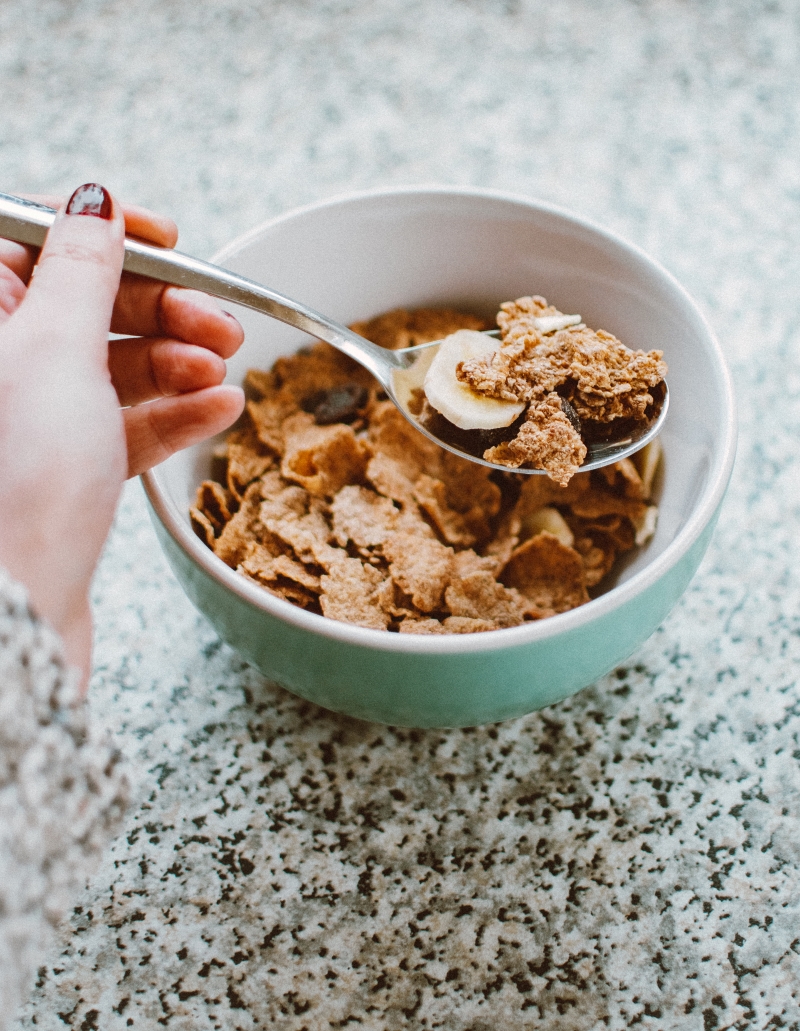
3 teaspoons of sugar/100g
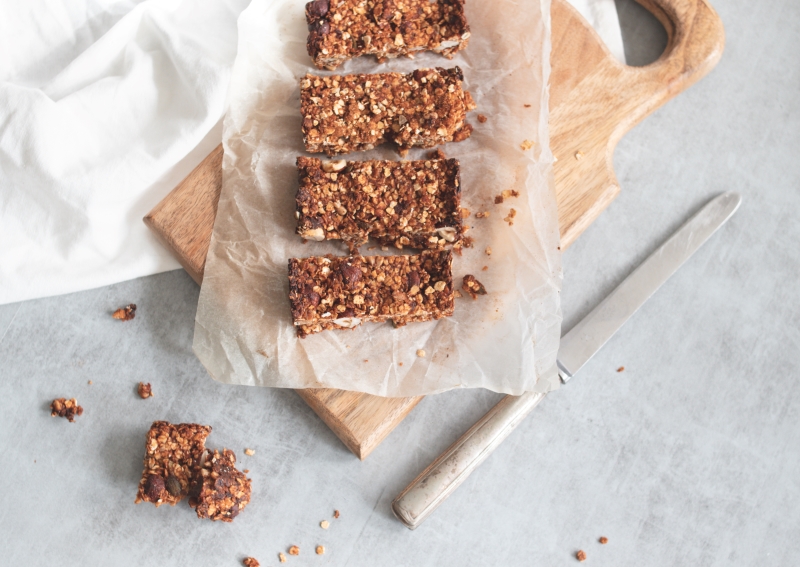
5 teaspoons of sugar/100g
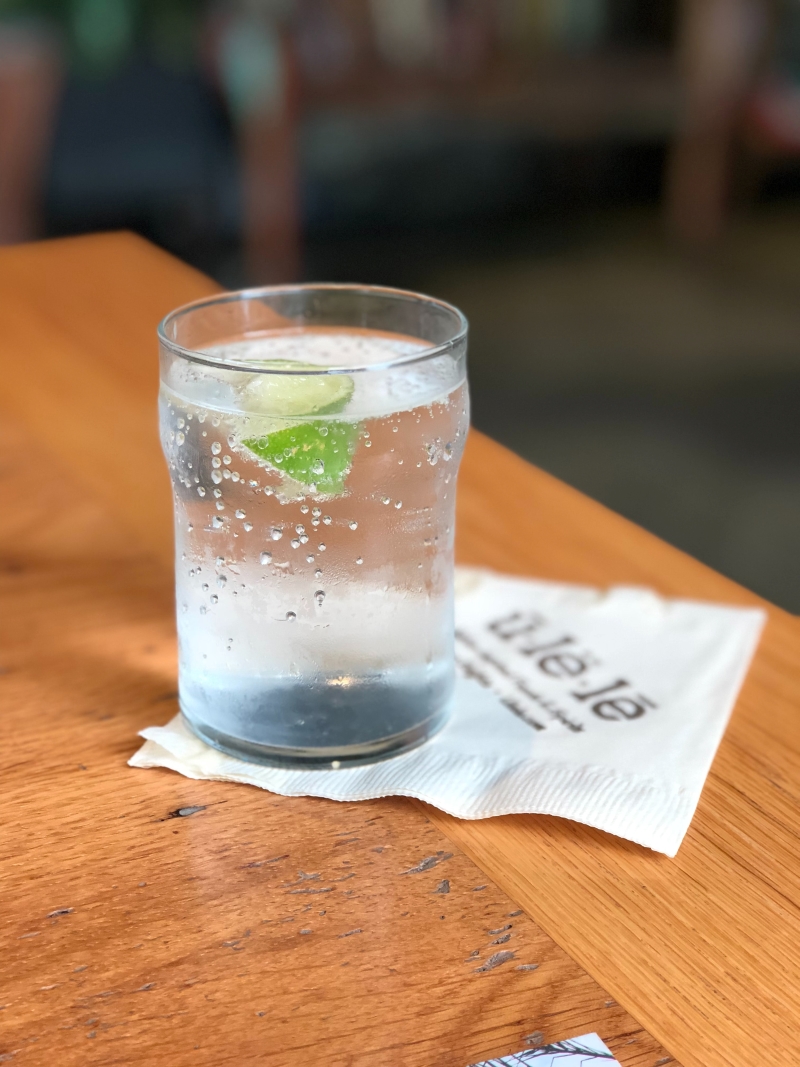
1 teaspoon of sugar/100ml
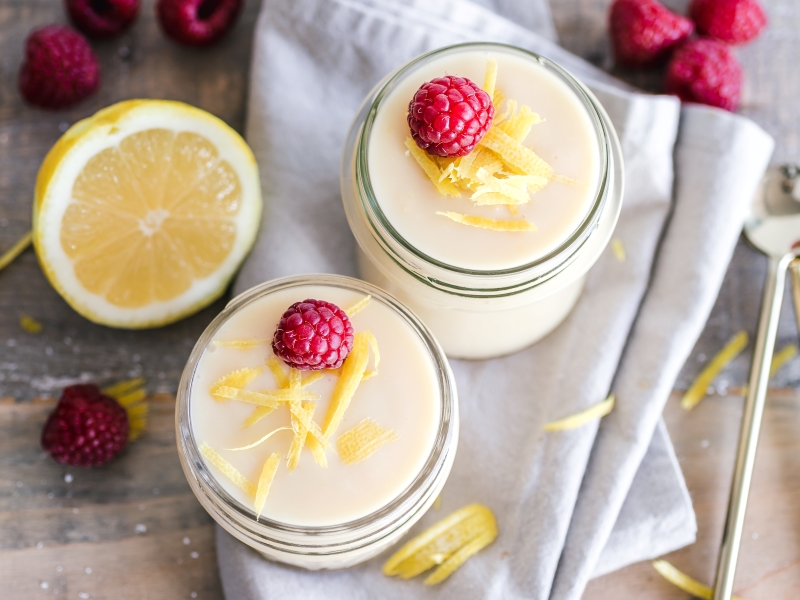
3 teaspoons of sugar/100g
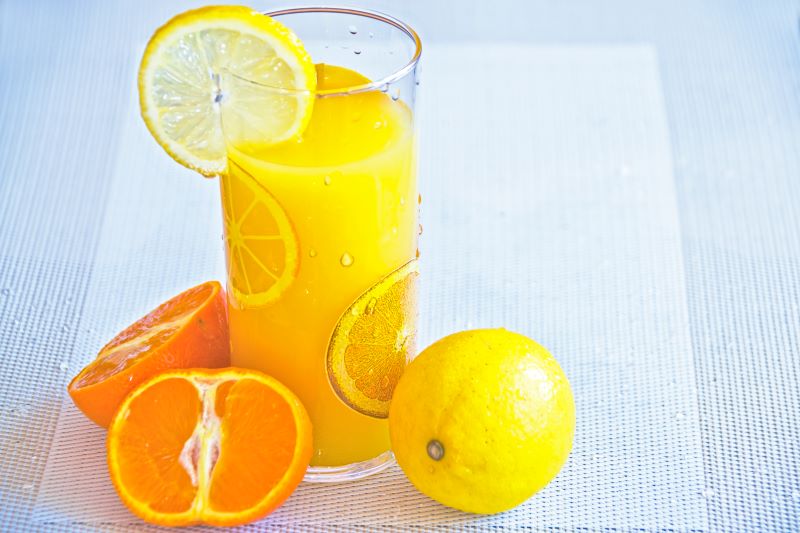
2 teaspoons of sugar/100ml
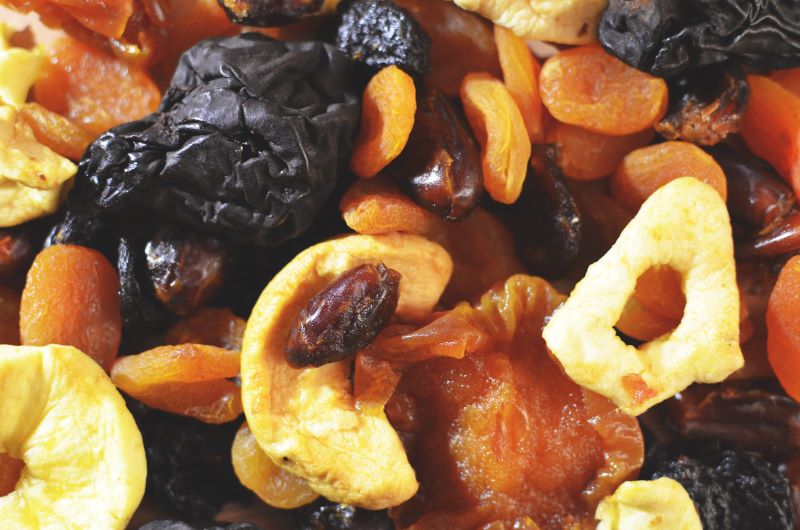
14.5 teaspoons of sugar/100g
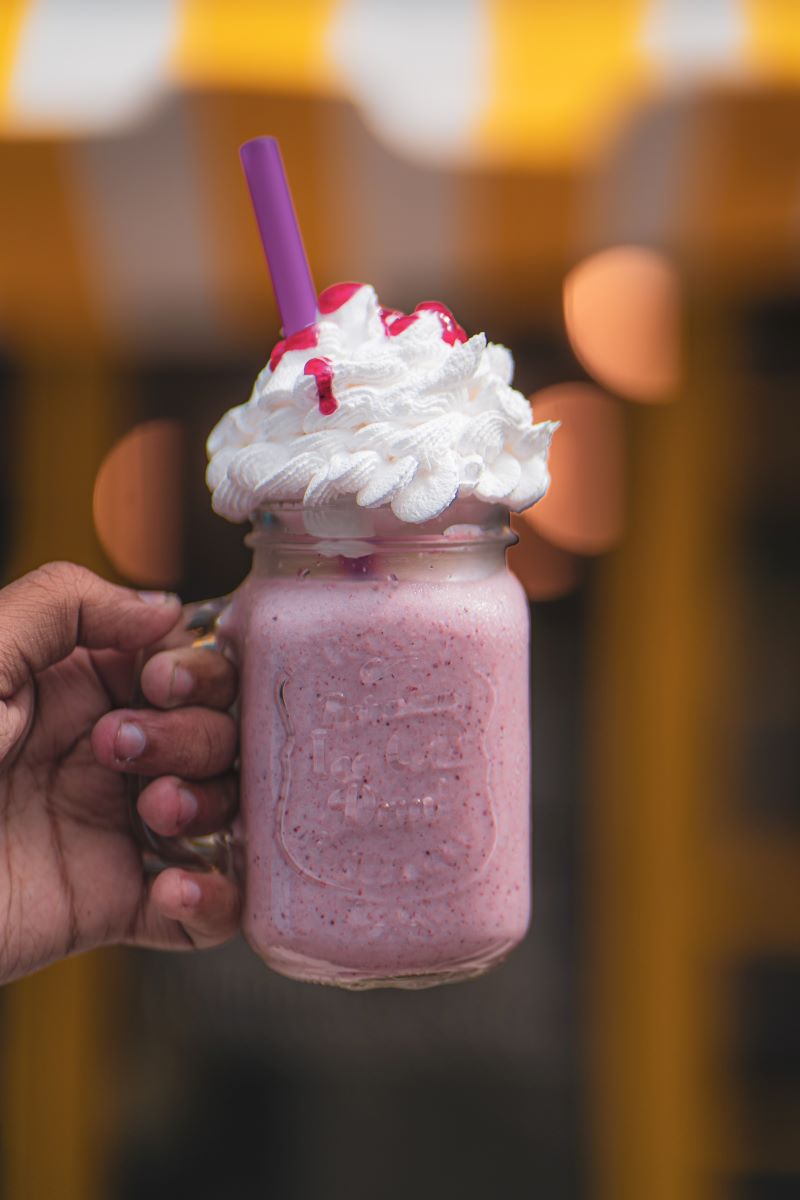
2 teaspoons of sugar/100ml
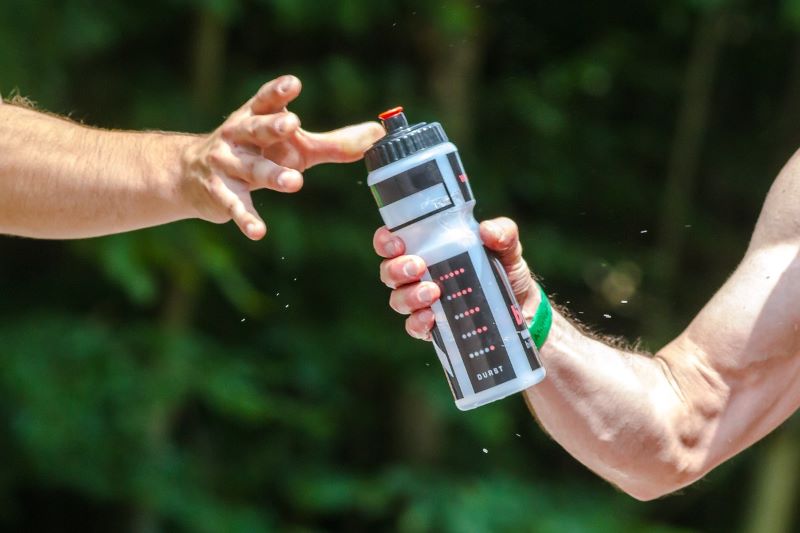
1 teaspoon of sugar/100ml
This article was first published in CLEO Singapore.